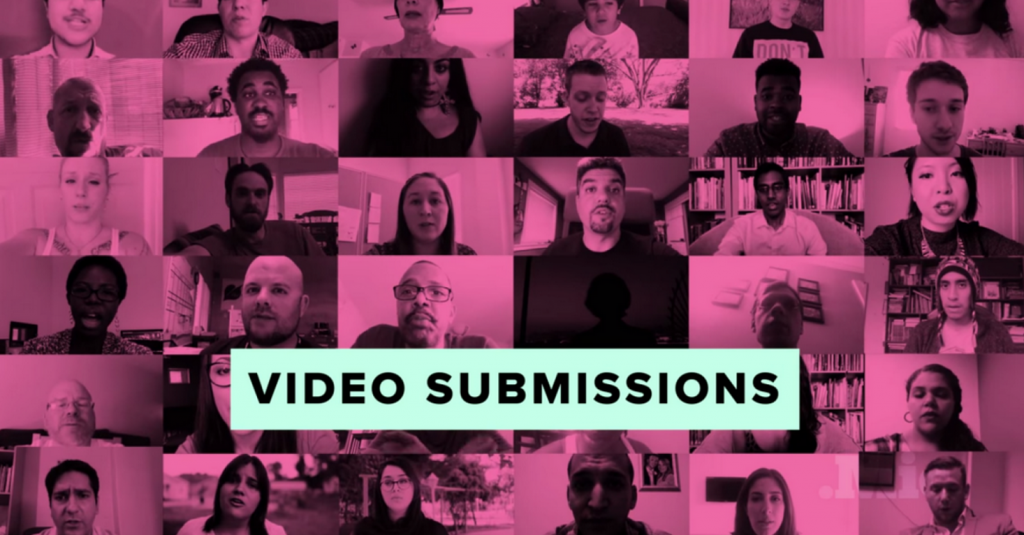When Sam Grossberg arrived at his workplace in Tel Aviv, Israel, someone at the office suggested he ask President Obama a question. Days later, footage of an exchange between him and the president began playing on Israeli television networks.
How did Grossberg, a manager at a finance firm, get a question to Obama half a world away? A publication decided to crowdsource questions for its first presidential interview.
A week before Mic’s editor in chief was to sit with Obama to interview him about the Iran nuclear deal, the publication made an announcement asking audience members to send in their questions on video.
The time-intensive nature of video production made Mic’s request a bold gambit. Tweeting out a question or submitting responses on a form takes relatively little effort when compared to recording and editing a video.
However, the publication’s leadership was sure what they wanted. “We wanted to have the direct interaction that comes with video,” said James Allen, vice president of communications and strategy at Mic. He added that though they could have asked for submissions via social media platforms, they wouldn’t have been as powerful.
Within four days of the announcement, the millennial-focused website had videos of 136 people from more than 26 countries. Its focus had been to get questions from people in the Middle East. “We wanted to make sure that there was a nice mix of geographic representation,” Allen said.
While much of the publicity around the interview happened organically, getting word to Iran proved challenging. Social media sites like Facebook and Twitter are banned in the country, so the website tried a different tactic: Hiring an Iranian freelance journalist based in New York to spread the word in circles of young people in Iran. This lack of access was also one of the key reasons Mic made its website the portal for submitting questions.
Once they had the questions, a team of four sifted through the responses in one day, verifying the identities of the respondents. “We had a process in place where we were able to confirm their identities from the form they had filled out and our own reporting and research,” Allen said. “In the case of Iran, we had the freelance journalist who was able to take care of that side of things.”
After the questions had been vetted and prepared, the next challenge was to decide how the team would present them to the president. Since Mic didn’t have access to Wi-Fi at the White House, they created a custom Keynote template with the questioner’s video, name, their location and age. Mic also ran the question in text so it was easier for the president to follow.
“We wanted it to be really well-designed,” said Allen.
Once the president opened the tablet, there were four questions on-screen. Once he clicked the first question, it played automatically and stopped at the end. The aim was to make sure that the president could focus on responding to the question itself, “rather than fumbling around” with closing it or preventing it from advancing to the next question.
Mic had its audience in mind throughout the process. According to comScore, about 75 percent of the Mic audience is under 35, which is borne out by the makeup of the questioners. The interview also added context through graphics and B-roll, similar to Vox’s presidential interview from earlier this year.
“80 percent of our readers have attended college,” Allen said. “Seventy-one percent voted in the 2012 presidential election. They are also looking for context. You don’t want to underestimate their intelligence, but you also want to be realistic about how engaged the average person is on some of these things. And with an issue like Iran that is more nuanced and technical we just tried to use the President’s interview as sort of a centerpiece for a broader look at the Iran deal and what it means for you if you are trying to make sense of it.”
And it paid off, so far as Grossberg in Israel is concerned: “I was MORE than satisfied from Mr. Obama’s response,” he told Poynter via Facebook.









